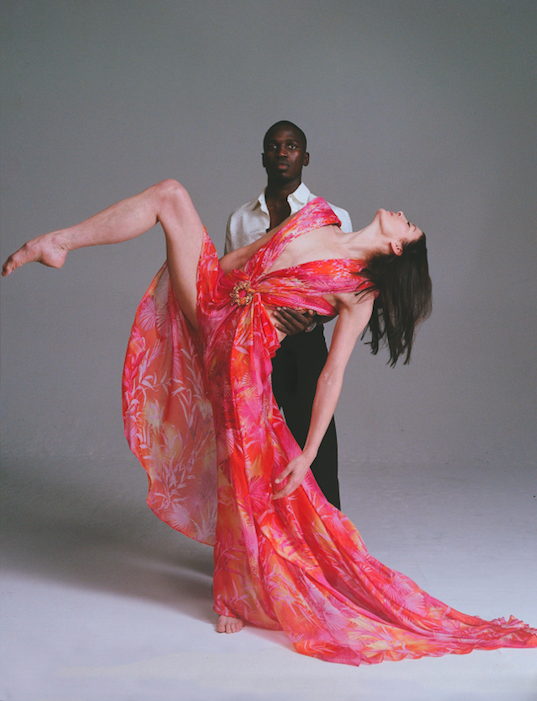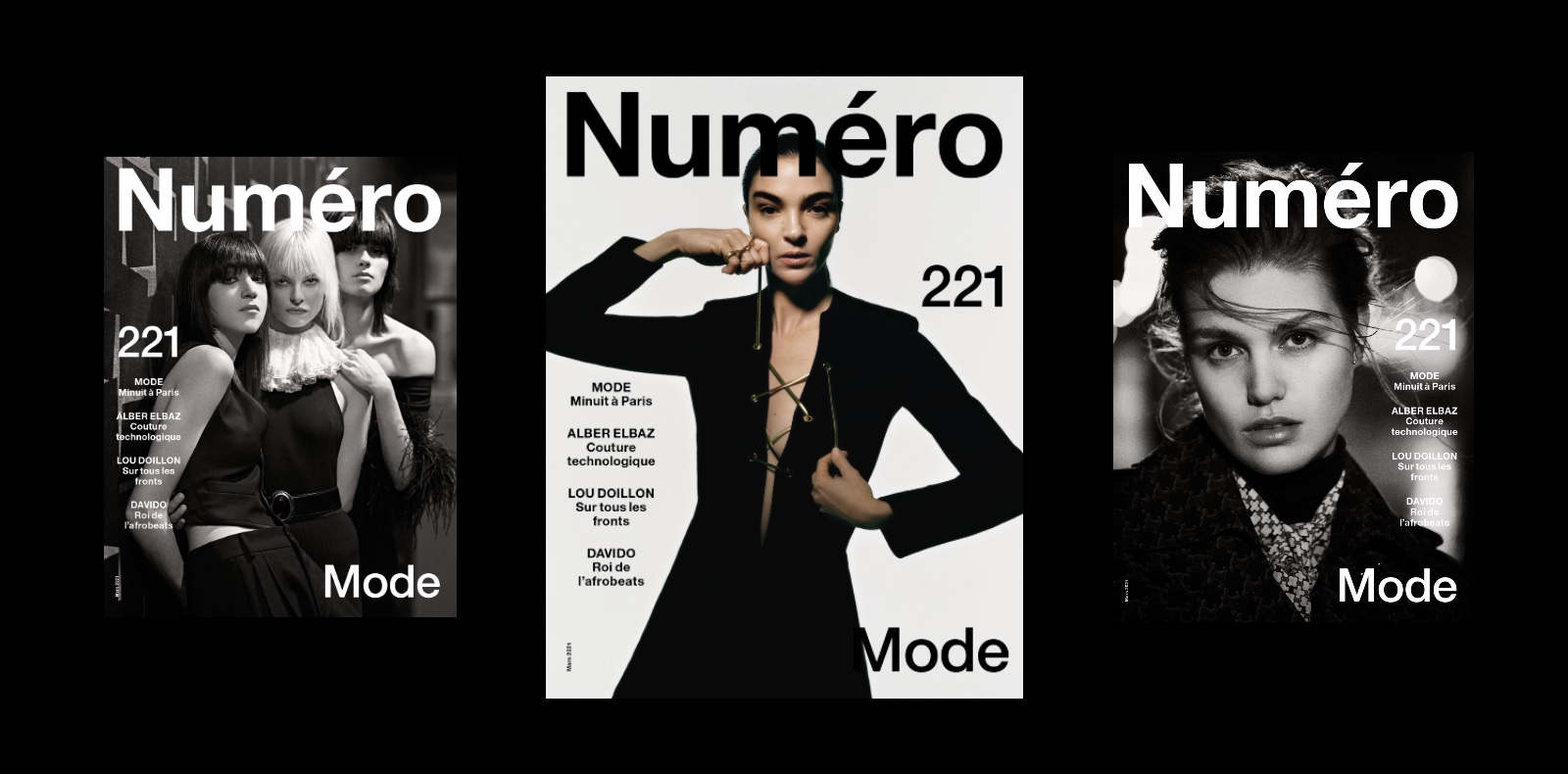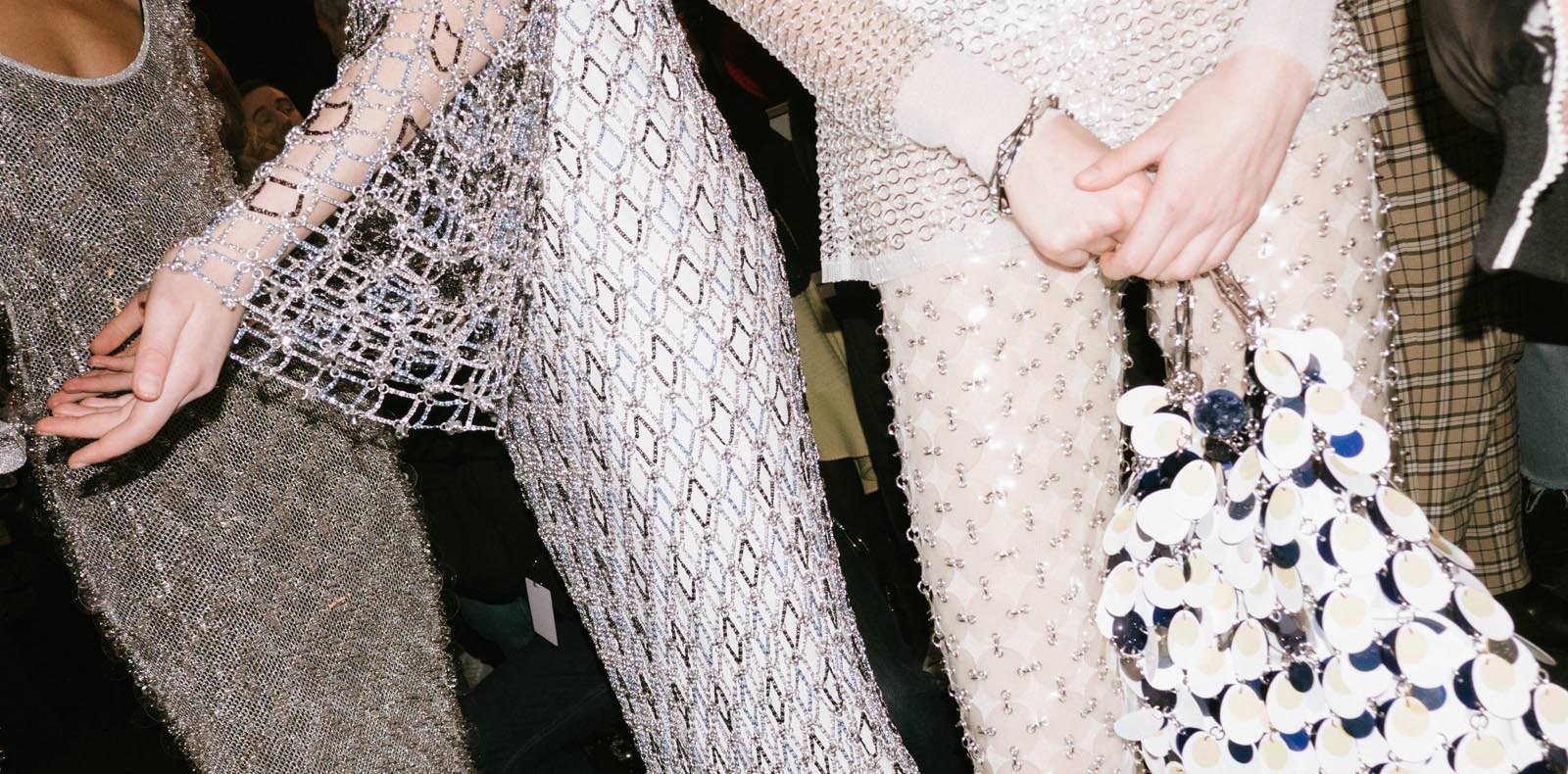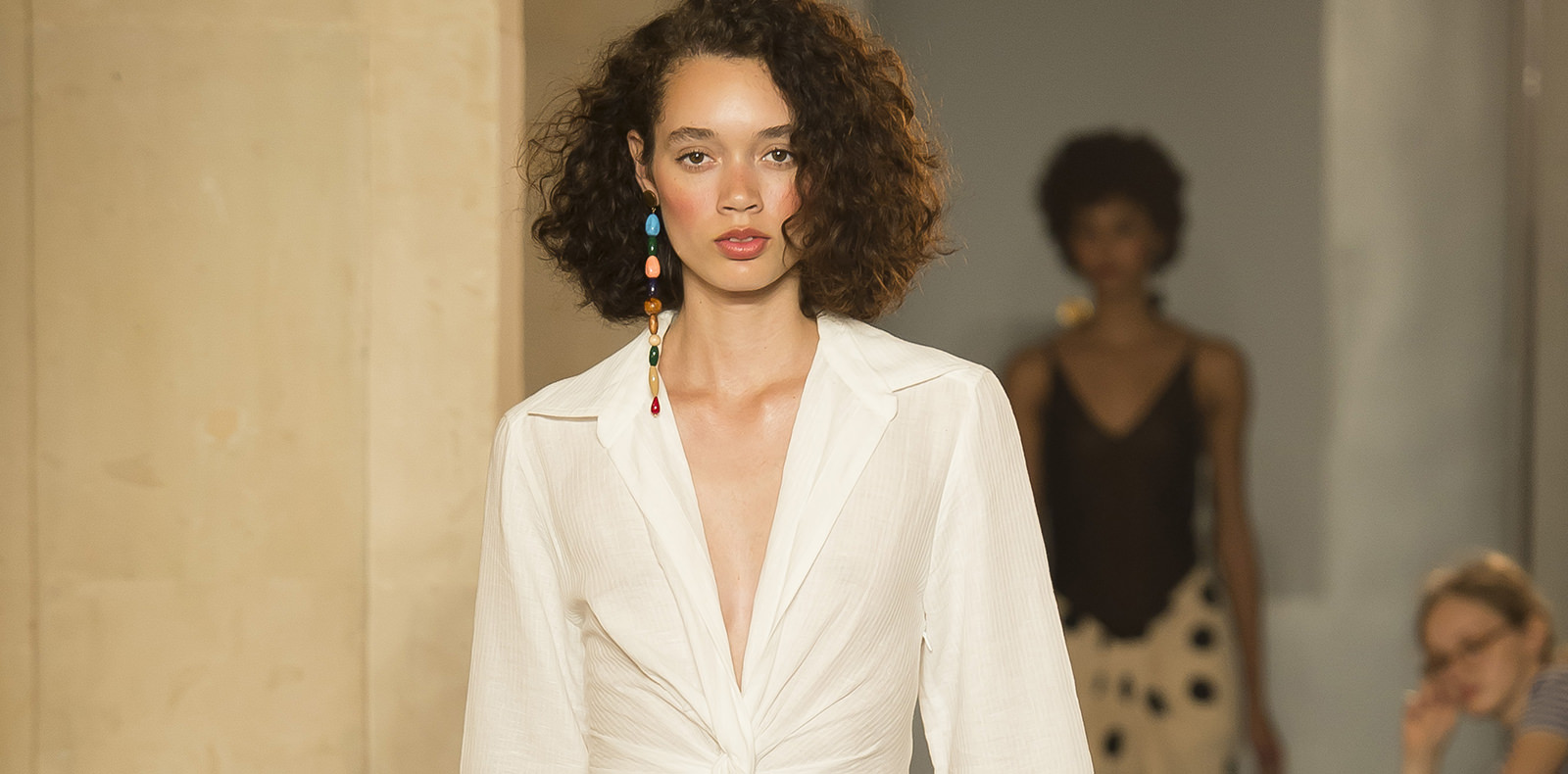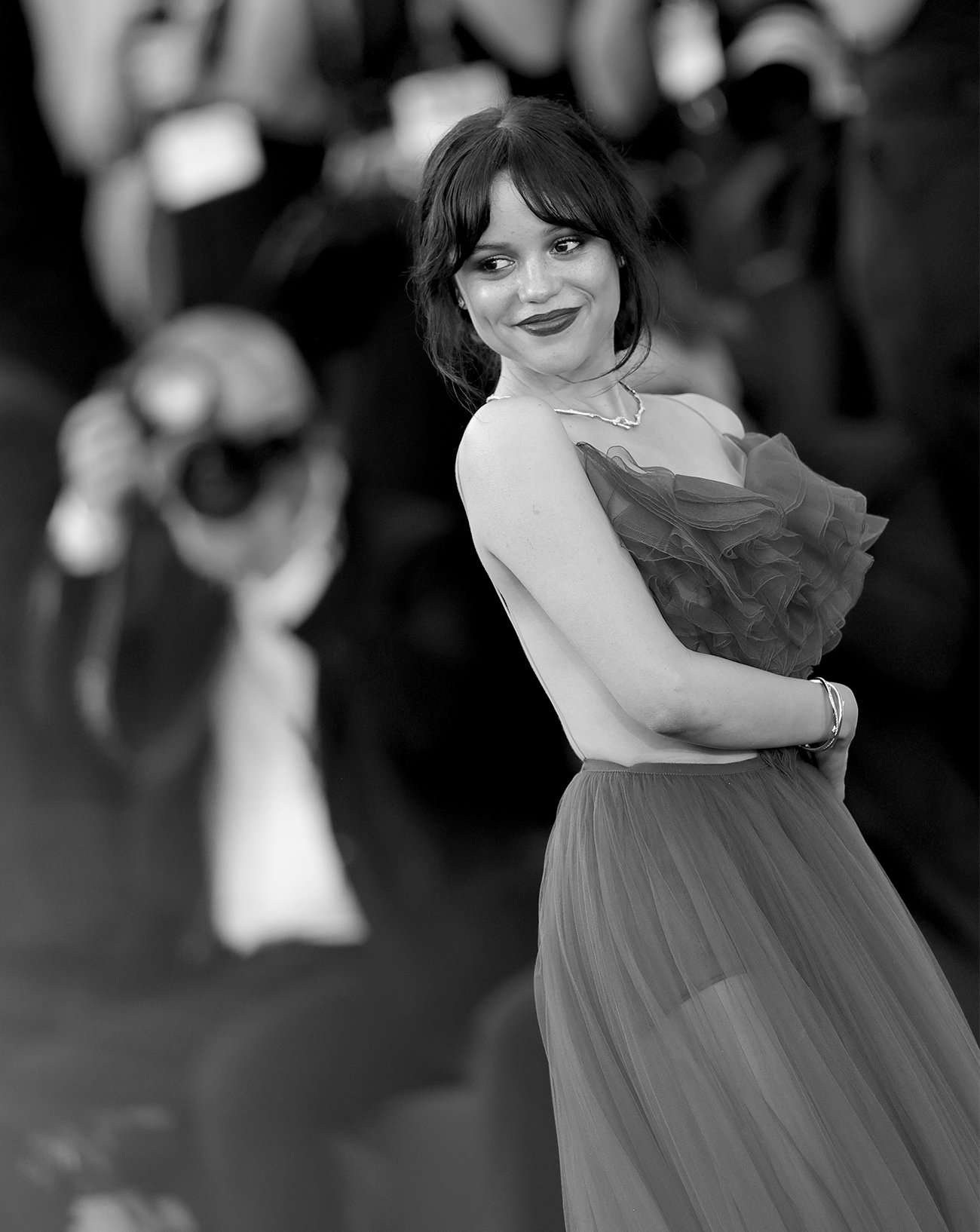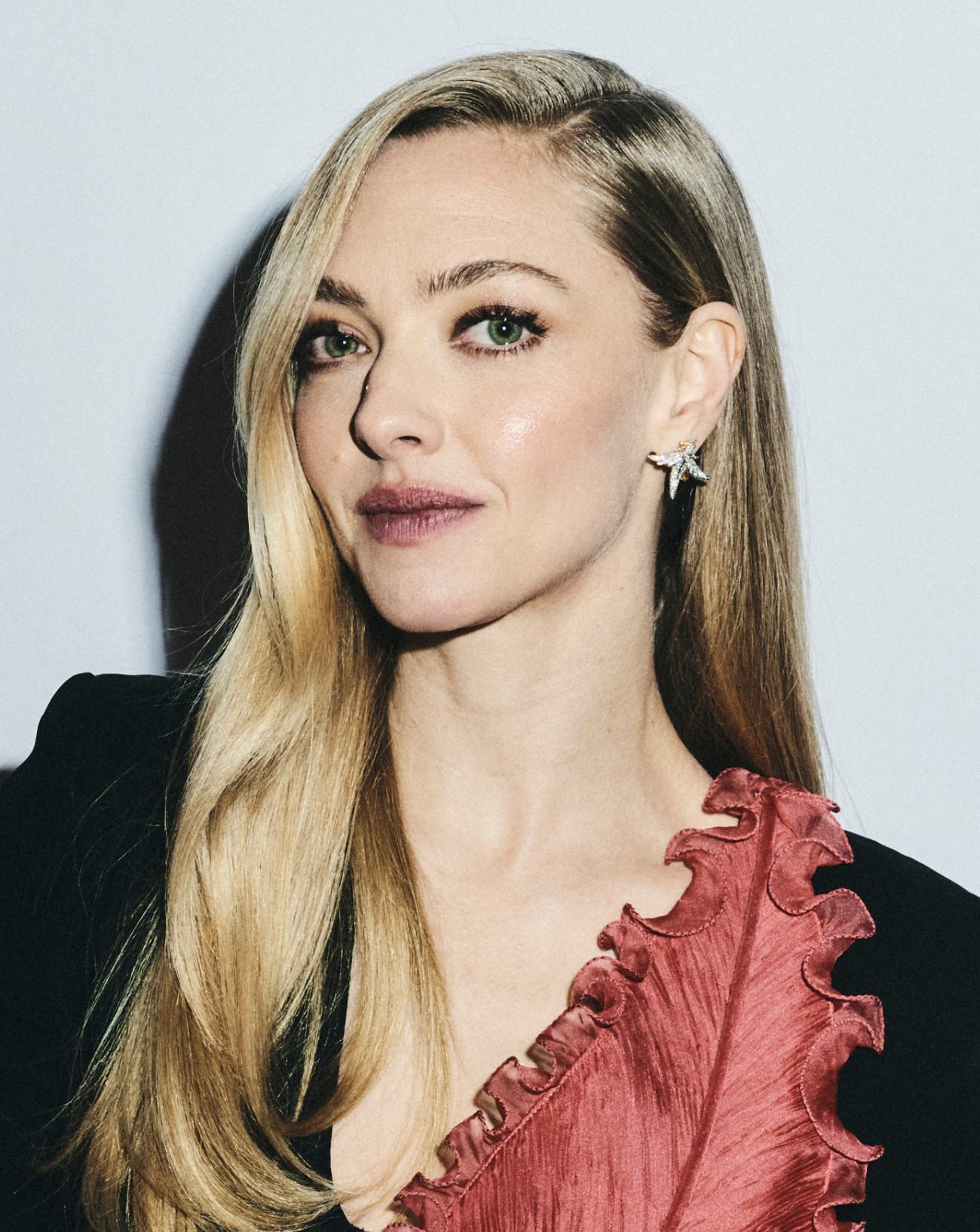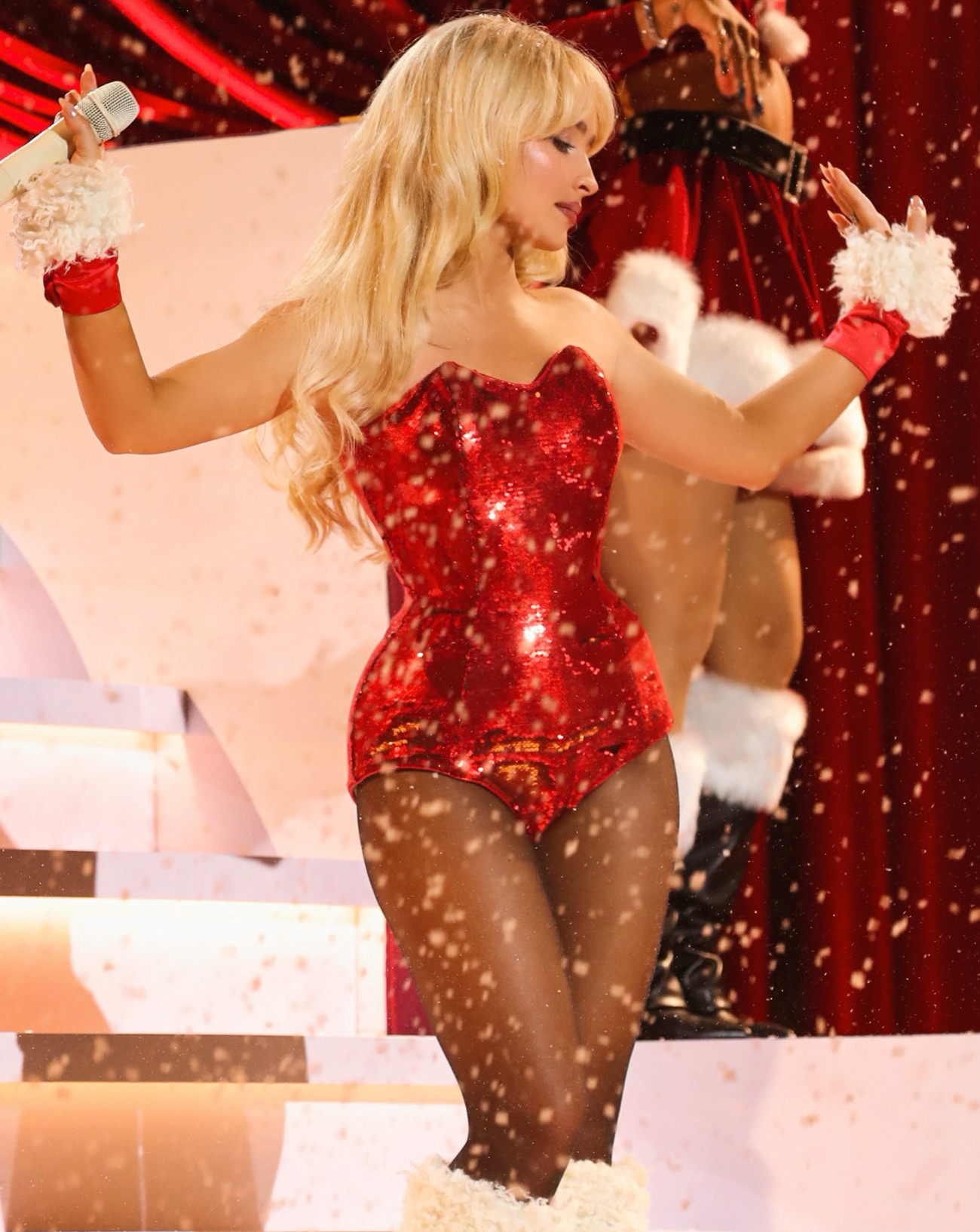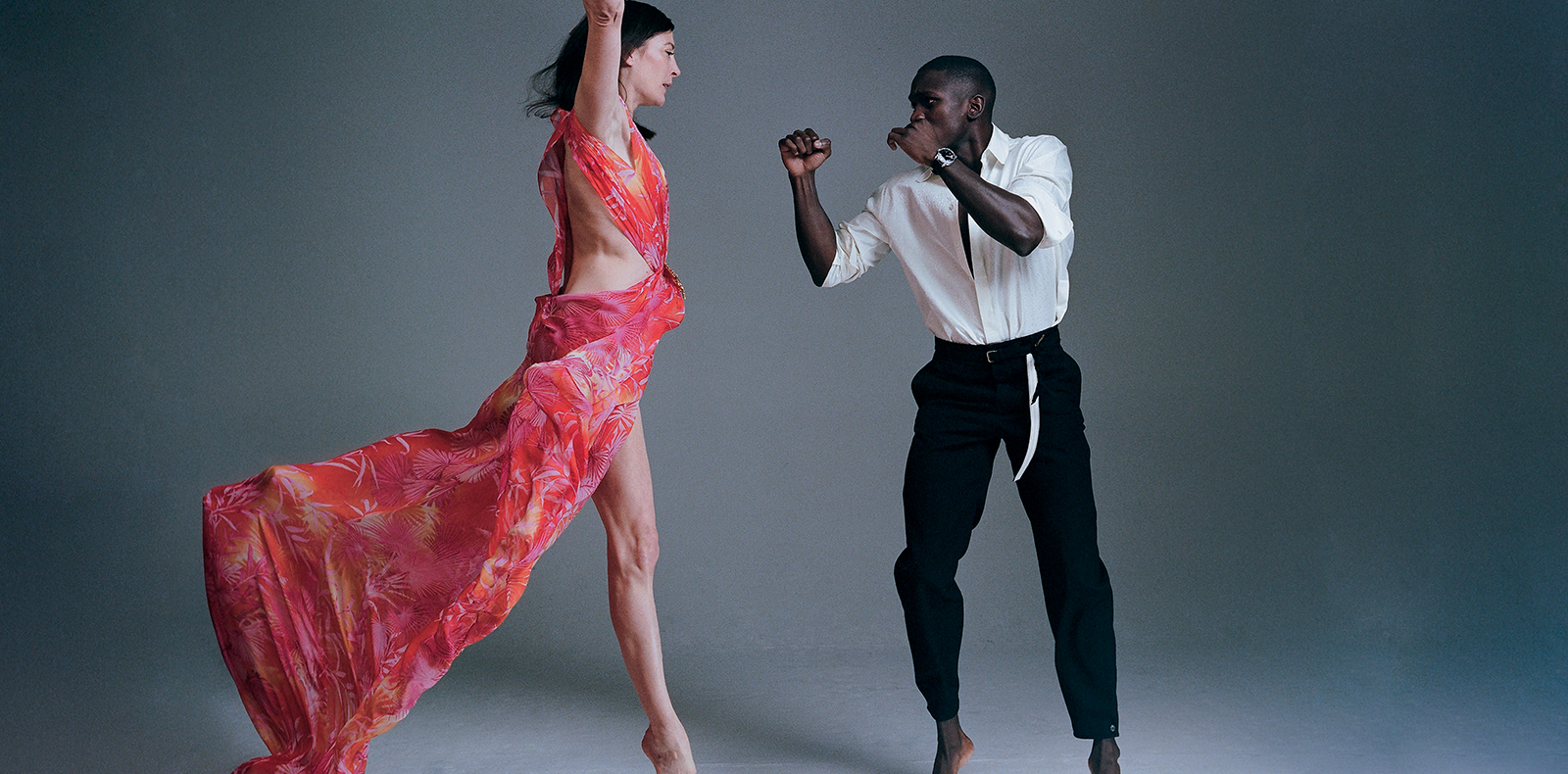
5

5
The former étoile Marie-Agnès Gillot asked a boxer to join her on stage
Since retiring from the Opéra de Paris, the dancer and choreographer Marie-Agnès Gillot has embarked on a creative frenzy. When she was invited to programme a season at La Seine Musicale, the former étoile asked the boxer Souleymane Cissokho to join her on stage. For this edition of Numéro, which is dedicated the body, the pair discuss the parallels between their respective disciplines.
Interview by Delphine Roche,
Realisation : Camille-Joséphine Teisseire,
Portraits Delphine Diallo.
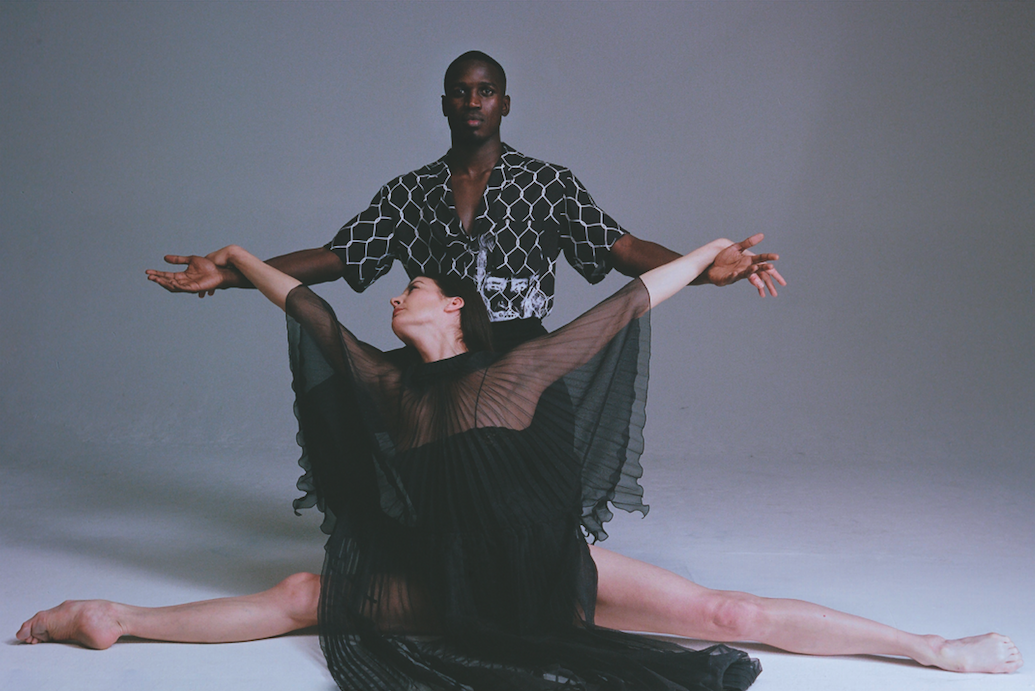
Numéro: How did you first meet?
Marie-Agnès Gillot: I heard about Souleymane and went to see him in the ring, during the French championship I think it was. He knocked his opponent out in about two seconds, in the first round – two direct hits, straight to the floor. I realized you can’t blink during one of his fights or you risk missing the vital moment. In fact I was almost disap- pointed, because after waiting hours to see him he was so vigorous that it really didn’t last very long.
Souleymane Cissokho: After that we met when I fought against José Manuel Clavero at La Seine Musicale [Souleymane Cissokho emerged victorious in the seventh round]. Marie-Agnès told me afterwards that she’d liked the sense of poise and gesture in my way of fighting – the artistic aspect of my box- ing. She asked me to work with her on a project, a stage adaptation of her duo with Roschdy Zem in the video of La Boxeuse amoureuse by Arthur H. I immediately accepted, because I’ve no intention of limiting myself to the confines of my chosen sport. And I think that dance and boxing have a lot in common, beginning with the very visual side of these two disciplines.
What would you say to those who simply dismiss boxing as an ultra-violent sport?
M.-A.G.: I actually think it’s a very technical sport that demands a lot of strategy and mental effort. I really don’t think there’s anything brutal about it – on the contrary, it can be extremely graceful.
S.C.: There’s still a lot of prejudice around boxing, which is why I always encourage people to try it, at least once. If they do, they’ll understand that it’s like fencing, only with fists: you have to touch your opponent without being touched yourself. You also have to think out your strategy, and maintain your concentration all through the fight, because it takes only a split second of inattention to get knocked over.
Souleymane, what’s your feeling about dance?
S.C.: Before becoming a professional sportsman, I had a lot of prejudices about it which today have totally disappeared. To become an étoile like Marie-Agnès takes incredible dedication and a colossal amount of work, repeating the same gestures over and over until they’re perfect. Competition is fierce and, just as boxers take hits, so dancers endure intense physical suffering. They are athletes just like us.
The cliché would be to say that boxers shine through their strength and dancers through their grace. But seeing the two of you proves that the opposite is true too.
S.C.: Of course, Marie-Agnès has a strong personality, a lot of character. Her whole career demonstrates that. I think that being like that from an early age must have helped her enormously, and she continues to benefit from it today.
M.-A.G.: Souleymane has a natural grace that’s unique. He’s extremely charismatic, with a presence like a dancer’s. When he enters the ring, all you see is him – absolutely nothing else exists. And that’s what counts on stage.
What’s your relationship to pain?
M.-A.G.: Obviously, when you’re a dancer, there’s always something somewhere that hurts. But my body isn’t “broken” as is sometimes said of dancers. And in any case, don’t most people live with some kind of everyday pain? If you stop because of that, well you just won’t do anything at all. When I was at dance school, they found out I had a double scoliosis. I could have just given up, but I had a huge amount of energy, and on the contrary I did ten times what everyone else was doing. I always took extra lessons.
S.C.: What’s always difficult for the audience to imagine is that a boxer, because of the adrenaline rush, doesn’t really feel the blows during a fight. But of course we feel pain during training. You can’t avoid muscular pain, it’s normal. Boxers have to work very hard, not only physically but also to train ourselves psychologically. Because a fight is difficult. So the harder you work during training, the better prepared you are.
Are work, discipline and training a chore for you or have you come to terms with them?
M.-A.G.: For me, training is something I do every day, with considerable application, usually at the bar. But during the current confinement, I’m more often at the bar of my kitchen to be honest.
S. C.: If you have ambitious goals, it’s imperative to submit to a certain rigour, because there comes a moment when talent alone isn’t enough and it’s the work you’ve put in that counts. There’s no choice: those whose careers have lasted made the required sacrifices and accepted the work and discipline that it took. So I would say that as a high-level athlete you don’t even ask yourself the question. And it’s almost a matter of common sense, since the more time you spend in the ring during a fight, the greater the risk is for your health. The human body isn’t designed to take blows, the head least of all. So training properly allows you to be more effective in the ring and to protect yourself better.
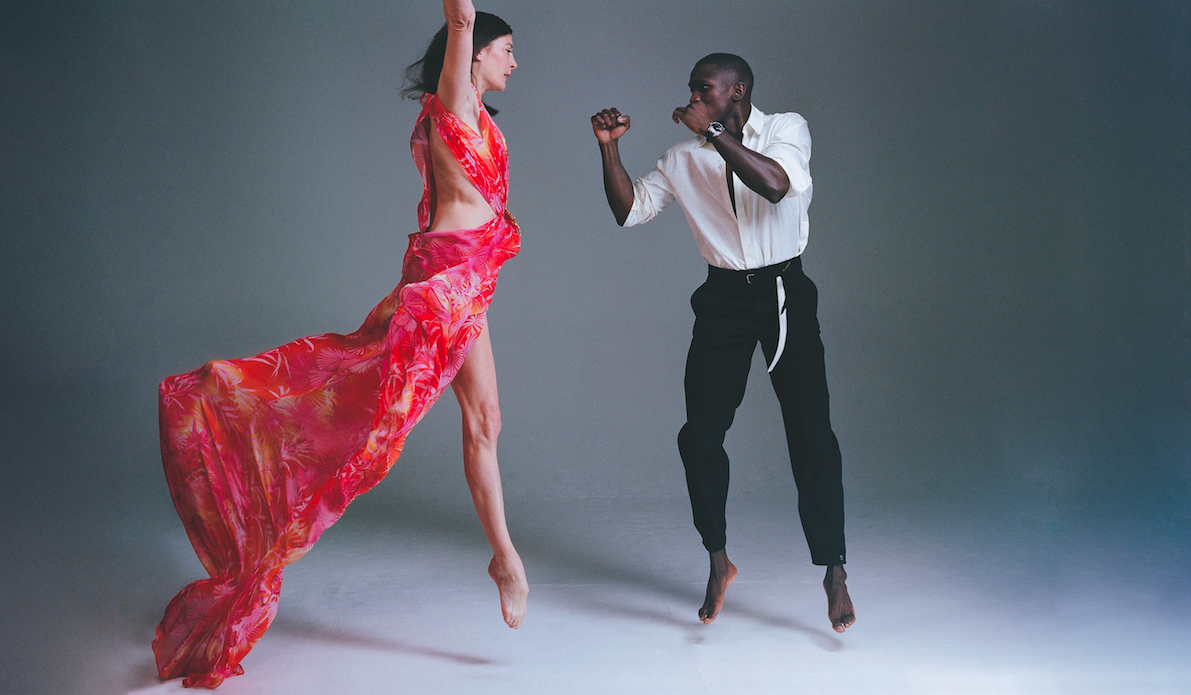
Both of you have always wanted to go beyond the strict limits of your respective disciplines.
M.-A.G.: My aspirations are no doubt different from those of other dancers – they include painting, writ- ing and sculpture. There were no restrictions when I was at the Opéra, so I just did what seemed natural to me to do. But it’s also because I decided to find the time for it – a dancer’s everyday life is so intense that you’d need to find that extra energy.
S.C.: I’m finishing a master’s degree in sports law and economics at the Sorbonne, and I have quite a few projects on the go. I’m setting up a sports academy in Senegal, with help from the French Development Agency, and I also aid sportsmen and women with the management of their careers. In parallel, I often meet with young people from the 19th ar- rondissement in Paris, where I grew up, because after the Olympic Games I realized that a lot of them were following what I did. Many of them took up sport, stopped drinking and even, for some, began to take part in competitive tournaments, which made me very proud. There are others who did time in prison but who’ve now become respected and sought-after business people, to the point where important figures in very chic neighbourhoods like Auteuil or Neuilly say to them, “Here, take my card and call me if you need anything.”
Marie-Agnès, La Seine Musicale has invited you to put on a whole season. What are your programming choices?
M.-A.G.: I’ve decided to put on everything I love. So it’ll be an eclectic programme, which navigates the trail of my aspirations, with all the arts and all the artists I’m excited by, as has been the case for the movements and moments that have most marked the history of the arts: something happens when artists get together and decide to work on a common project. Group work has always been extremely important.
What about La Boxeuse amoureuse?
M.-A.G.: It will be performed at La Seine Musicale on 21 and 22 September this year. We first created a framework with Arthur H, who’ll be alone in that part of the show, and afterwards there’ll be a boxing atmosphere, American style, with a microphone that comes down from the ceiling. There will also be texts, and of course a theatrical staging of La Boxeuse amoureuse.
How are you going to work together?
M.-A.G.: I don’t want to make Souleymane work as an actor or a dancer, I want him to remain natural, because even his training sessions are extremely beautiful – his boxer’s instinct, his way of moving… My goal is to work on the innate aspect of things so that the show brings out the natural as much as possible.
I don’t think I’ve ever seen a show that brought together on stage a real dancer and a real boxer…
S.C.: And yet they are complemen- tary disciplines. When I started boxing, people suggested I take up dance so as to be more at ease in my way of moving and breathing, and to learn how to come down better. In fact, certain great boxing champions started off in classical dance, and boxers who move with grace are said to “dance” in the ring.
When is your next fight?
S.C.: I was supposed to fight on 17 April, but obviously all the sport- ing events have been postponed. Right now, the most important thing is for everyone everywhere to make it through the health crisis.
La Boxeuse amoureuse, directed by Marie- Agnès Gillot, with Souleymane Cissokho, La Seine Musicale, 21 and 22 September.
